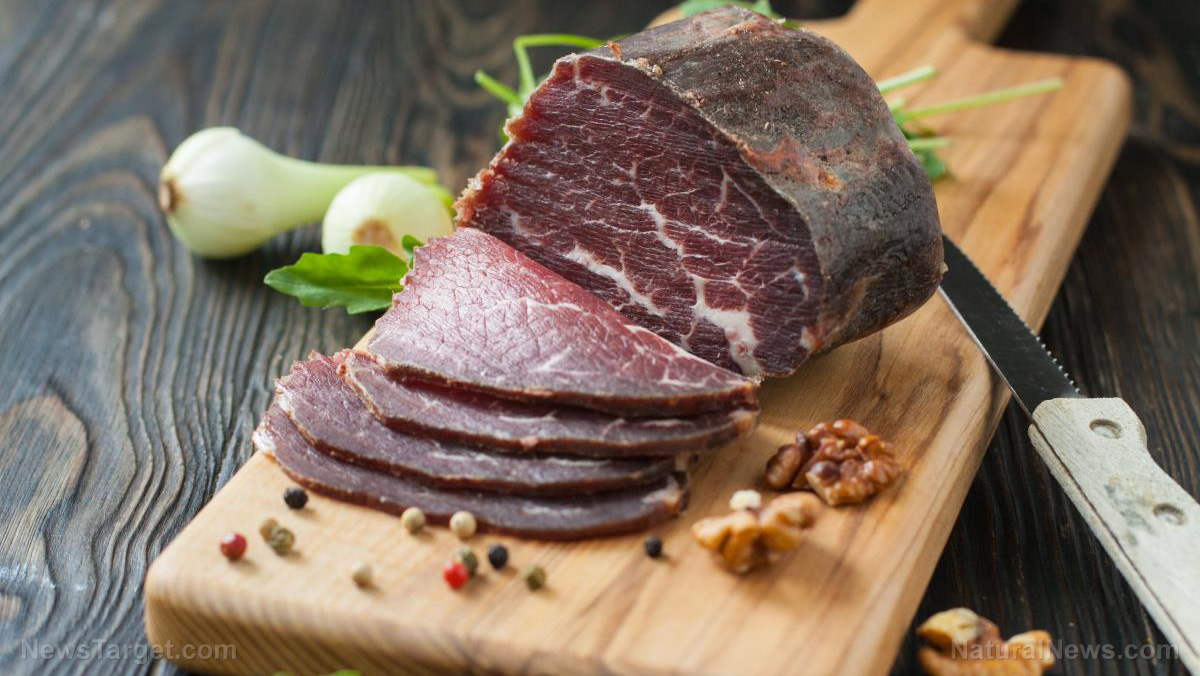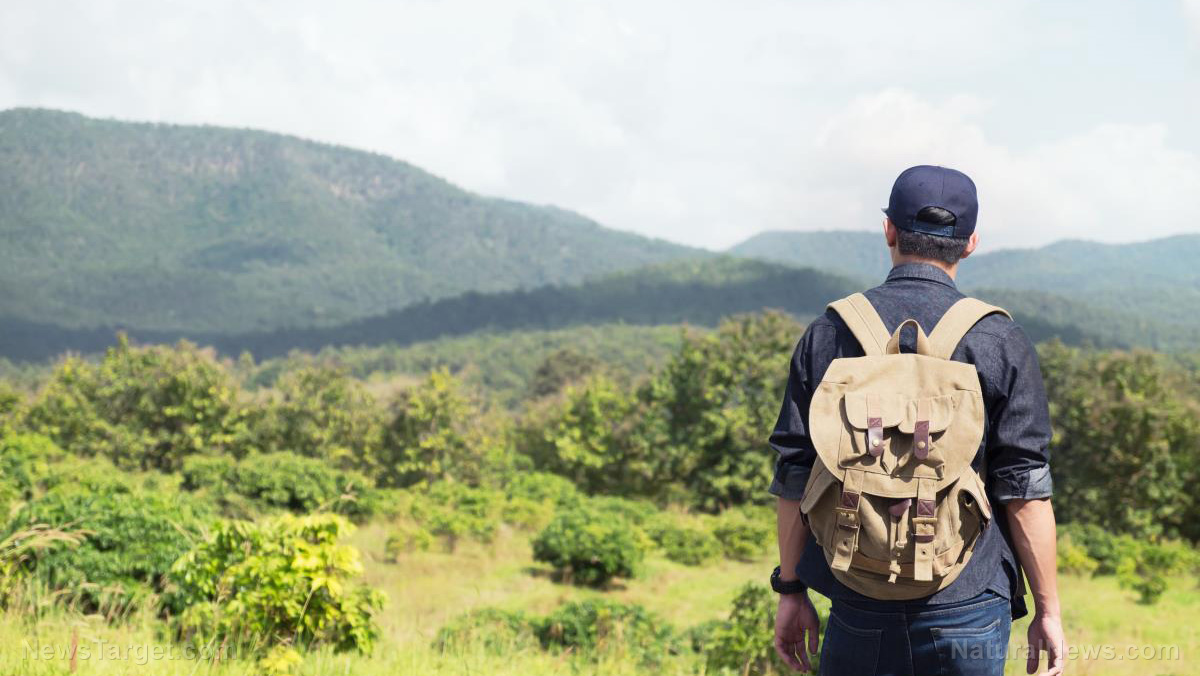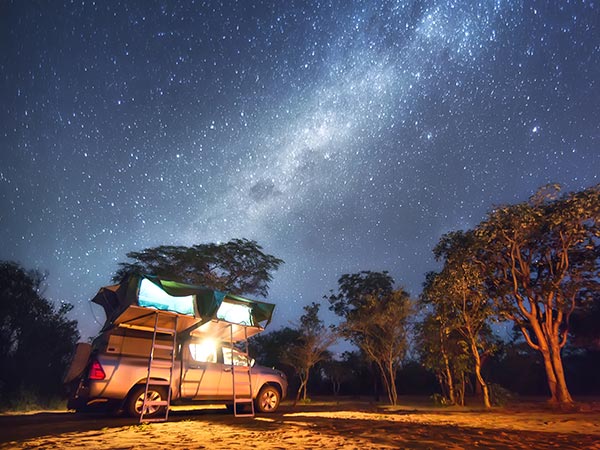Food storage tips: 3 Ways to store meat safely when SHTF
03/31/2020 / By Arsenio Toledo

Learning how to properly preserve meat is an essential skill for surviving after SHTF. You won’t be able to rely on just storing your meat in refrigerators, especially if the power grids fail to function. You also won’t be able to buy more meat at the store if your food goes bad because food supplies may run dangerously low. You will need to learn how to use up all the meat that you find effectively, and the best way to do that is to learn how to preserve it. Here are three ways to do it safely, even after disaster strikes. (h/t to SurvivalBlog.com)
Vacuum sealing
Vacuum sealing is an easy way to store food. According to FoodSaver, vacuum sealing your food can extend its lifespan by several years. If you prepare your food by drying or jerking, you can give your meats even more protection against spoilage if you vacuum seal them after. If you’ve got plenty of bags, you can even store other foods like rice and pasta, as well as fruits and vegetables. You can also use it to preserve non-food items, like bandages, medications, and other things that may degrade over time.
If you no longer have electricity in your area, and, therefore, can’t power up your vacuum sealing machine, there are non-electric ways that you can vacuum seal your food, such as by using a handheld vacuum pump.
Jerky
Turning meats into jerky is another great way to store meat without refrigeration. It’s also an inexpensive way for you to extend the lifespan of your meats. It involves drying the meat to prevent it from spoiling – similar to smoking. This can be done with a dehydrator; however, if you don’t have one, then you can also use your oven.
Once the meat has been jerked, you can use air-tight containers (like vacuum-sealed bags) to store the meat for months, or even years, at a time. The length of time you can store your jerky will vary depending on your container, but six months is a safe estimate for storage. (Related: Curing and preserving meat in the wild: 5 different techniques.)
Biltong
This method, still commonly used in Africa today, also involves drying strips of meat. However, this process simply keeps the meat outside, where both sunlight and wind can dry it out. The cuts of meat used for biltong can be thicker than jerky. While jerky is marinated in spices and sauces, biltong requires only vinegar, salt and some simple spices to cure and marinate the meat before it’s dried.
Biltong also takes a lot more time to prepare. The meat has to be cured and marinated for at least 24 hours, after which it’s either hung on a hook to dry. It can take up to a week of air or solar drying before the meat is ready for storage. Once it’s done, you can vacuum seal it to preserve it even further.
These are just some ways for you to preserve your meat. You can use other methods, such as canning, smoking and even curing. Learn as many methods as you can so that when SHTF, you’re sufficiently prepared and able to keep your pantry as full as possible.
Sources include:
Tagged Under: biltong, bug out, Food Preservation, Food storage, food supply, jerky, meat preservation, preparedness, prepper, prepping, survival, survival food, survival skills, survivalist, vacuum sealing
RECENT NEWS & ARTICLES
COPYRIGHT © 2017 OFFGRID NEWS


















